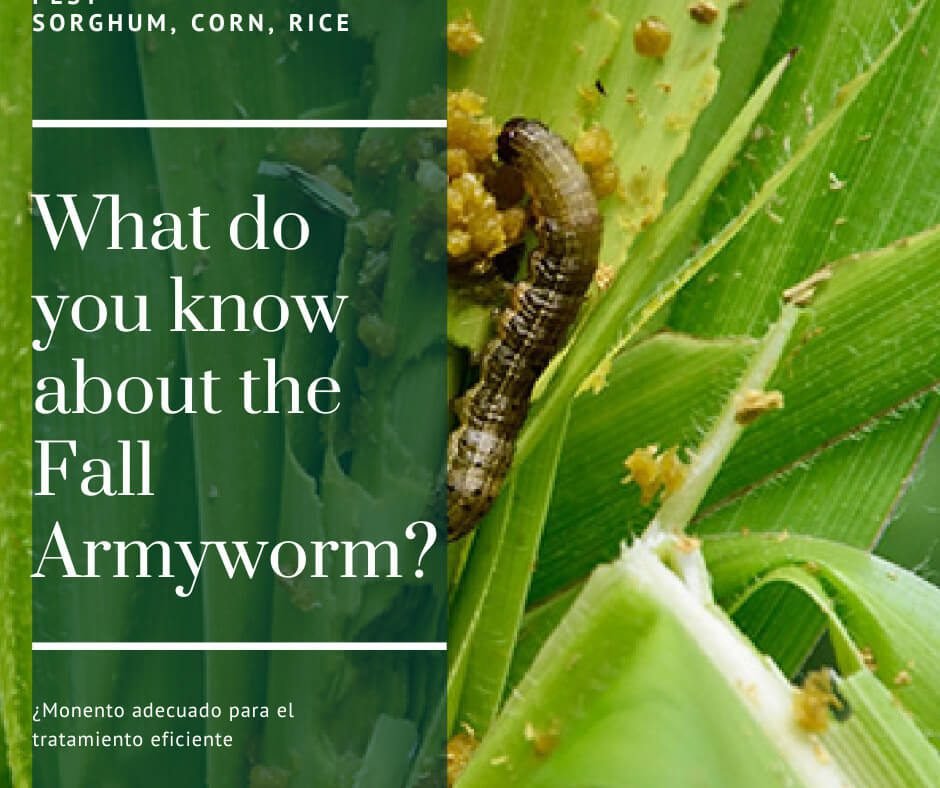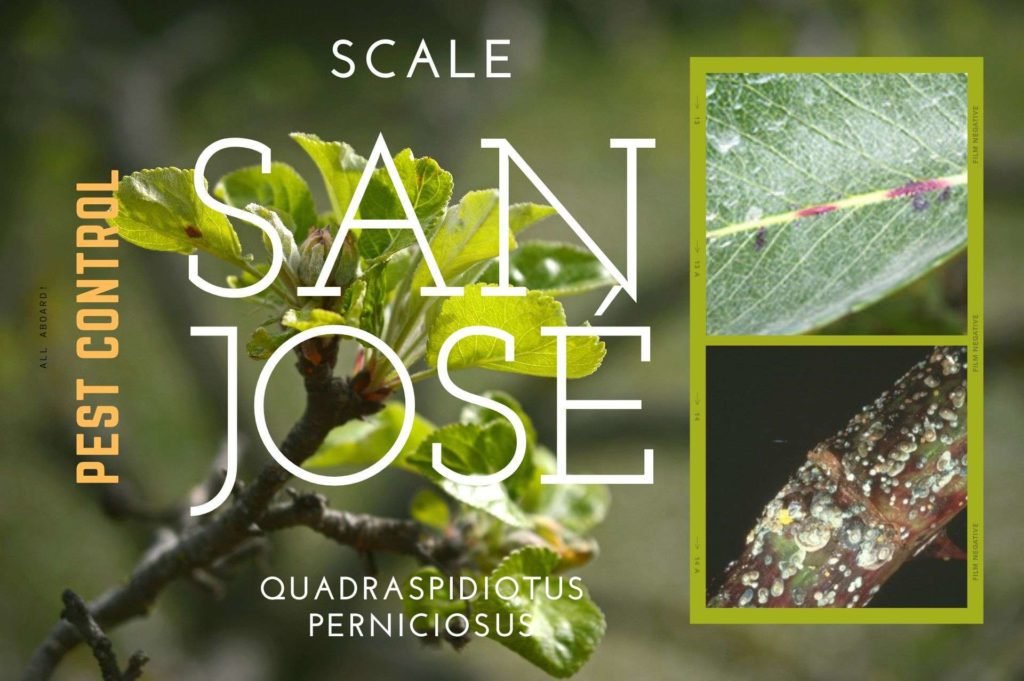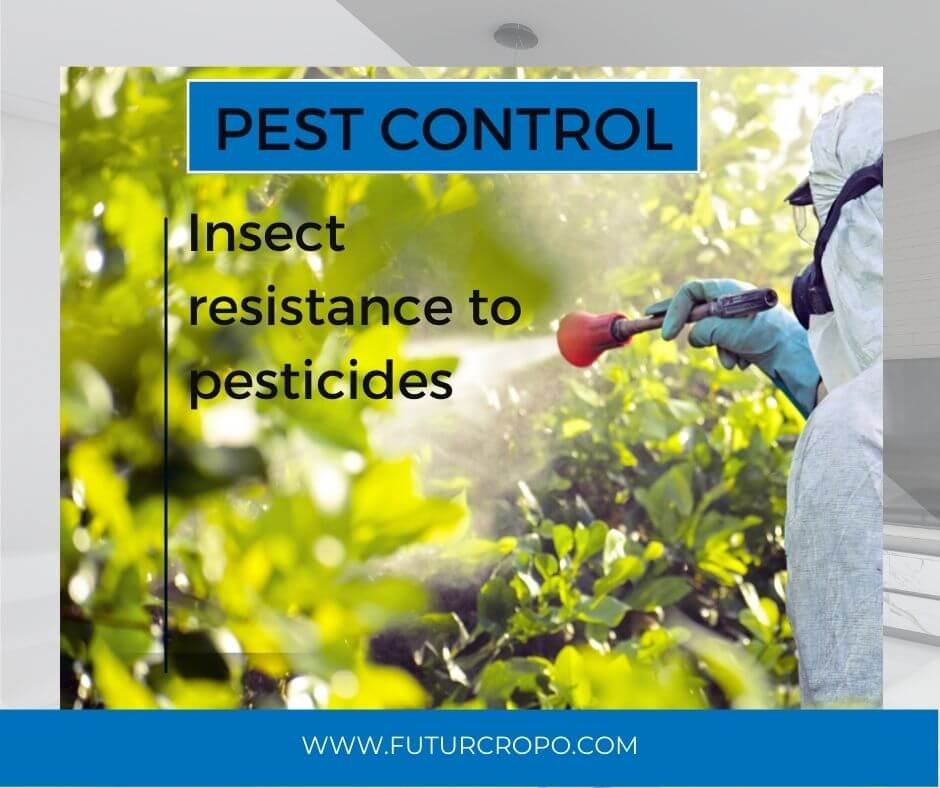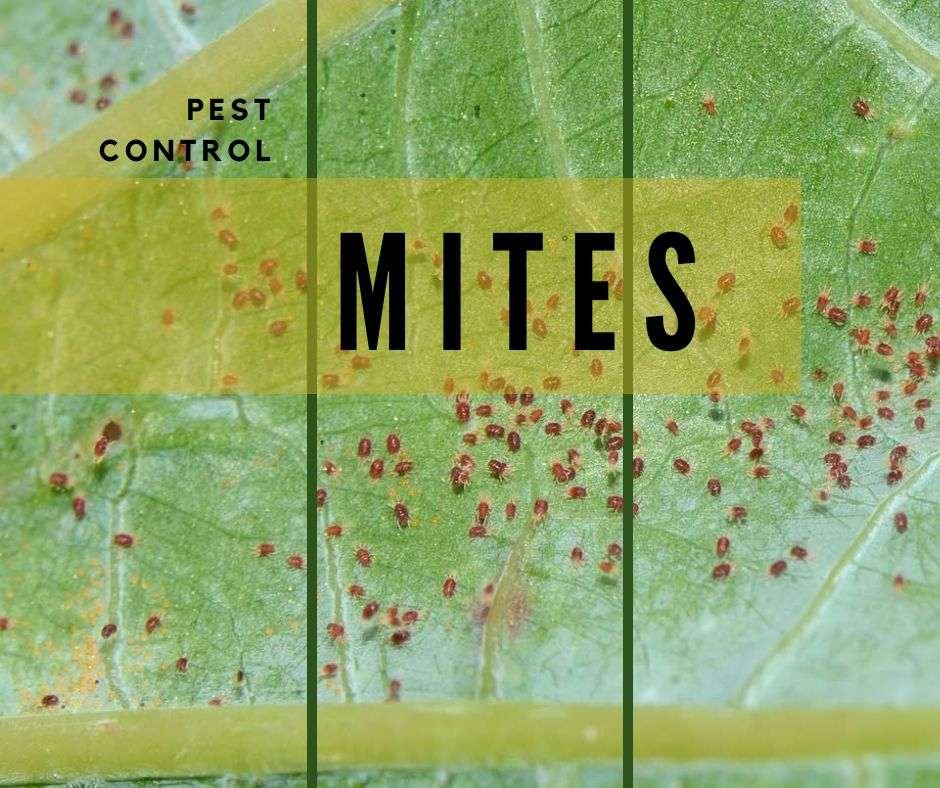
Contents
Fall armyworm, or Spodoptera frugiperda, is the larva of a nocturnal butterfly that mainly attacks maize, sorghum and rice, as well as some vegetable and cotton crops. Its larva causes great damage to crops. Its efficient control does not depend on insecticides for fall armyworm control. The two fundamental aspects of efficient pest control are monitoring and determining when the pest is most vulnerable to treatment.
Fall armyworm monitoring
Adult Monitoring
Adults have a wingspan of 32–40 mm. In the adult male, the forewings are shaded in gray and brown, with triangular white spots at the tip and near the center of the wing. The front wings of females are less marked, ranging from a uniform grayish-brown to a fine mottling of gray and brown. The hindwings are iridescent silvery white with a narrow dark border in both sexes. Adults are nocturnal and are most active during warm, humid nights. Adults have a wingspan of 32–40 mm. In the adult male, the forewings are shaded in gray and brown, with triangular white spots at the tip and near the center of the wing. The front wings of females are less marked, ranging from a uniform grayish-brown to a fine mottling of gray and brown. The hindwing is iridescent silvery white with a narrow dark border in both sexes. Adults are nocturnal and are most active during warm, humid nights.
Egg monitoring
Females lay eggs on the underside of the leaves, in the middle part of the plant, in overlapping groups and layers between 100 to 300 at a time, covered by hairs from the abdomen. They are hemispherical of 0.5 mm in diameter, greenish freshly, then chestnut and with striations. When inspecting the crops, observing the underside of the leaves, it is possible to appreciate their contrast with the greenish color of the plant.
Larval monitoring
Damage to crops is carried out by insect larvae, which have up to 6 stages of biological development.



When hatching eggs, the larvae have a light green color. They remain grouped in the lower part of the plants, sheltered between the leaves. They then feed on the chorion of the eggs, after which, if the host is not suitable, they migrate through a silk thread in search of food. They then act as cutters causing the loss of the small seedling by cutting the stem at ground level. In maize cultivation, the larva is introduced into the cob at the third stage. The larvae have a marked cannibalistic behavior, which is why a single larva is usually found inside the cobs, flowers or capsules. From the fourth instar they have darker tones and three dark yellowish and brown longitudinal lines. In the fifth stage the cephalic suture represents an inverted white “Y”, and they have a length of 35-40 mm. When disturbed, she drops by rolling up, resting her head on her body. In the later stages of development the larvae are most active at night.

Monitoring of pupae
To pupate, they bury themselves in the ground, 3-5 cm deep.
Efficient control of fall armyworm
Most treatment failures occur because they are performed late, when the larva is already inside the bud, cob, or capsule, from the third stage of larval development.



Therefore, to perform efficient treatments, these must be performed in the first 2 larval stages. For this reason it is essential to be able to determine the moment in which the different phases of biological development of this pest occur.
Currently there are tools that provide us with this information.
Through FuturCrop, software that analyzes the weather conditions of your fields, you can receive in your email notices about the state of development of the pest and thus perform the treatments when they are more efficient. FuturCrop will also send you useful information for monitoring: the morphological characteristics of the pest, where to check its presence according to the different stages of its development, etc.
In the application you can record from the smartphone the result of the sampling and the treatments carried out.

FuturCrop calculates short-term forecasts of the activity of 179 agricultural pests, based on accumulted temperature thresholds associated with critical stages of their life cycle.
FuturCrop forecasts indicate, for a given day, the stage of the pest’s life cycle and the day for the most efficient treatment.
More information
Global action against fall armyworm, Food and Agriculture Organization of the United Nations (FAO)






